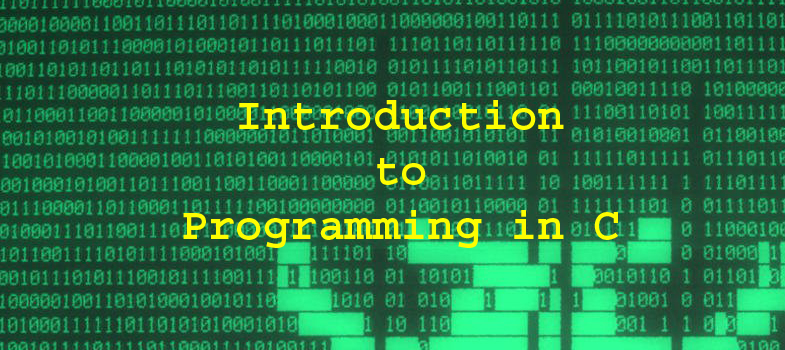Logical operators
These operators are used to combine two conditions. Various logical operators in C are-
- Logical AND operator – Symbol - &&
- Logical OR operator – Symbol - | |
- Logical NOT operator – Symbol - !
Logical AND operator
Syntax-
(condition-1) AND operator (condition-2)
This operator returns TRUE when both the conditions are TRUE, otherwise it returns FALSE.
Truth Table

Example-1
Let a =10, b = 20, c = 30
(a > b) && (a > c) // False(b > a) && (b > c) // False
(c > a) && (c > b) // True
Example-2
Let a =10, b = 20, c = 30, d =40
(a > b) && (a > c) && (a > d) // False(b > a) && (b > c) && (b > d) // False
(c > a) && (c > b) && (c > d) // False
(d > a) && (d > b) && (d > c) // True
Logical OR operator
Syntax-
(condition-1) OR operator (condition-2)
This operator returns TRUE when any of both the conditions are TRUE. If both the conditions are FALSE it returns FALSE.
Truth Table

Example-1
Let a =10, b = 20, c = 30
(a > b) | | (a > c) // False(b > a) | | (b > c) // True
(c > a) | | (c > b) // True
Example-2
Let a =10, b = 20, c = 30, d =40
(a > b) | | (a > c) | | (a > d) // False(b > a) | | (b > c) | | (b > d) // True
(c > a) | | (c > b) | | (c > d) // True
(d > a) | | (d > b) | | (d > c) // True
Logical NOT operator
Syntax-
NOT operator (condition-1)
This operator returns TRUE when condition is FALSE and FALSE when condition is TRUE
Truth Table

Example-1
Let a =10, b = 20
!(a > b) // True!(b > a) // False
Mixing of Logical operators

Precedence order of Logical operators and associativity
Example-
Let condition a =True, b = False, c = True, d =False
a | | b && c means- a | | (b && c) output-Truea && b | | c && d means- (a && b) | | (c && d) output-False
a && b && c | | d means- ((a && b) && c) | | d output-False
!a && b | | c means- (( !a ) && b) | | c output-True
Example-3
Marks of 5 subjects are input through the keyboard. Write a Program in C to print the total marks, percentage and division.
/* Program to display total marks, percentage and division [division.c] */
#include < stdio.h >
#include < conio.h >
void main ( )
{
// Variable Declaration
int s1, s2, s3, s4, s5, total ;
float per ;
clrscr ( );
// Input
printf ( “ \n Enter the marks of Physics \n “ );
scanf ( “ %d “, &s1 );
printf ( “ \n Enter the marks of Chemistry \n “ );
scanf ( “ %d “, &s2 );
printf ( “ \n Enter the marks of Maths \n “ );
scanf ( “ %d “, &s3 );
printf ( “ \n Enter the marks of English \n “ );
scanf ( “ %d “, &s4 );
printf ( “ \n Enter the marks of Computer Science \n “ );
scanf ( “ %d “, &s5 );
// Processing and Output
total = s1 + s2 + s3 + s4 +s5 ;
per = total / 5.0 ;
printf ( “ \n Total Marks = %d“, total );
printf ( “ \n Percentage = %f “, per );
if ( per > = 75 )
printf ( “ \n First Division with Distinction \n “ );
if ( per > = 60 && per < 75)
printf ( “ \n First Division \n “ );
if ( per > = 45 && per < 60)
printf ( “ \n Second Division \n “ );
if ( per > = 33 && per < 45)
printf ( “ \n Third Division \n “ );
if ( per < 33 )
printf ( “ \n Fail \n “ );
getch ( );
}
